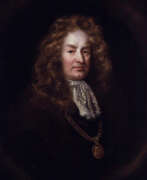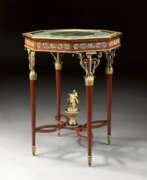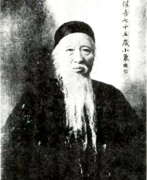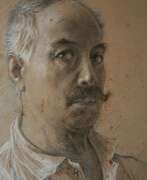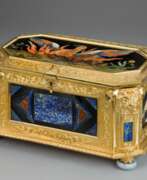Antiquarians
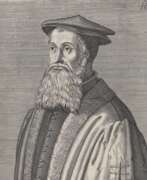

John Bale was an English churchman, historian and controversialist, and Bishop of Ossory in Ireland. He wrote the oldest known historical verse drama in English (on the subject of King John), and developed and published a very extensive list of the works of British authors down to his own time, just as the monastic libraries were being dispersed. His unhappy disposition and habit of quarrelling earned him the nickname "bilious Bale".
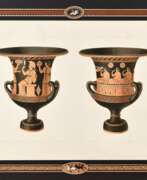

Pierre-François Hugues d'Hancarville, better known as Baron d'Hancarville, was an art historian, writer, and adventurer who lived most of his life in Italy.
To advance from the merchant class to high society, he studied mathematics, physics, history, literature, ancient languages, and English, Italian, and German. Traveling in Europe, he presented himself as an aristocrat under various names. Under the name Baron d'Hancarville, he was known as a connoisseur and art dealer, which is apparently why he was approached by Sir William Hamilton (1731-1803), who was ambassador to the British embassy in Naples and had amassed a large collection of ancient vases. Before selling this collection to the British Museum in 1772, Hamilton asked d'Hancarville for help in creating a complete catalog of it in descriptions and illustrations. The baron also wrote a detailed essay.
This catalog, entitled The Complete Collection of Antiquities from the Cabinet of Sir William Hamilton, is itself a neoclassical masterpiece in French and English. Antique vases have never before been depicted with such precision and aestheticism.
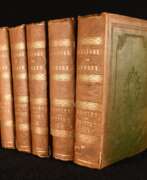

Edward Wedlake Brayley was a British writer, historian, archaeologist and topographer.
Notable among Brayley's works are A Topographical History of Surrey, Lambeth Palace, Topographical Sketches of Brighthelmston, and Londiniana. Braley often collaborated with the topographer and antiquarian John Britton in the creation of his books. The text in his books was illustrated with woodcuts and engraved steel plates.
Britton and Brayley's long-standing collaboration also resulted in the popular series "Beauties of England and Wales," published from 1801 to 1818. Several volumes were planned, dealing with the history and topography of England and Wales, illustrated with views of picturesque scenes and important places. The series eventually expanded to twenty-five large volumes, published over a period of nearly twenty years.
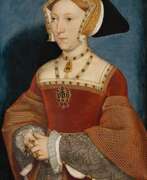

John Chamberlaine was a British antiquarian and curator of the Royal Collection.
Chamberlaine worked as keeper of George III's drawings, coins and medals from 1791 until his death in 1812. In collaboration with George III's chief librarian, Frederick Augusta Barnard, he published many copies of drawings from the Royal Collection, and the engraver for this work was Francesco Bartolozzi (1728-1815).
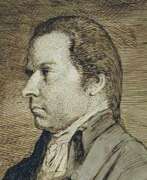

Francis Douce was a British antiquarian and curator of the British Museum, historian and writer.
Francis Douce studied law, but he loved books much more. He became a prominent member of the Society of Antiquaries and served as Keeper of Manuscripts at the British Museum from 1799 to 1811, but was forced to resign because of a quarrel with one of the trustees.
Francis Douce was an avid book collector and bibliophile. After leaving his post at the museum, he concentrated on adding to his collection of antiquarian books and manuscripts. And he also wrote scholarly works, most notably Illustrations of Shakespeare and Ancient Manners (1807) and A Dissertation on the Various Variants of the Dance of Death (1833). When Douce died in 1834, he left his extensive and valuable book collection of over 19,000 printed works to the Bodleian Library in Oxford.
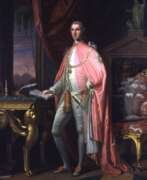

Sir William Douglas Hamilton was a British diplomat, archaeologist and volcanologist, a famous collector, and a Fellow of the Royal Society of London.
He served as British Ambassador to the Kingdom of Naples from 1764 to 1800, but most importantly, he was a passionate researcher of history, art and natural sciences and was a member of the Society of Dilettantes, established for the purpose of studying ancient art.
In Naples, Hamilton amassed a unique collection of antique vases and published an illustrated book about them. In parallel, Sir Hamilton studied the volcanoes Vesuvius and Etna, local volcanic and seismic activity, and the causes of earthquakes in the Neapolitan territory. As a corresponding member of the Royal Society, he sent the results of his research to London. His publications were very valuable for the time.
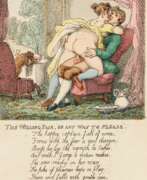

John Camden Hotten was a British publisher, writer, linguist and bibliophile.
By mid-1855, Hotten had opened a small bookstore in London and then established his own publishing business, which after his death became Chatto & Windus. Hotten's publishing house published many works by classic and contemporary writers. After spending about six years in America, he was the first to introduce a number of American writers to the British public, including James Russell Lowell, Oliver Wendell Holmes, and Bret Harte.
Hotten compiled The Dictionary of Modern Slang, Slang, and Vulgar Words, first published in 1859 and reprinted many times thereafter. His other major work is A Handbook of Topography and Family History of England and Wales (1863). Hotten also wrote and edited literary and biographical material in various periodicals.
Hotten was a collector, author, and secret publisher of erotic works, which were illustrated, among others, by the famous caricaturist Thomas Rowlandson (1757-1827).
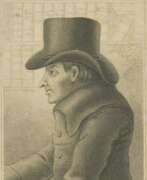

Joseph Ritson was a British antiquarian, critic, writer and editor.
He had a law degree, but preferred to study literary works. Ritson scrupulously searched for factual and other errors in authors to then publish them in his critical materials.
However, Joseph Ritson became famous as an editor of collections of ballads about Robin Hood and old folk literature. In their design they far surpassed anything that had previously appeared in the literary world, distinguished by authorial erudition and accuracy. Ritson also published collections of children's poems.
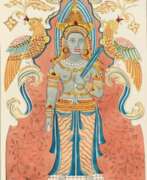

Edward Upham was a British bookseller, antiquarian and orientalist writer.
Upham was Sheriff and Mayor of Exeter, and a Fellow of the Royal Asiatic Society and the Society of Antiquaries of London. He had a lifelong fascination with the Orient and wrote several historical and popular science works on Egypt, the Ottoman Empire, China and India.
